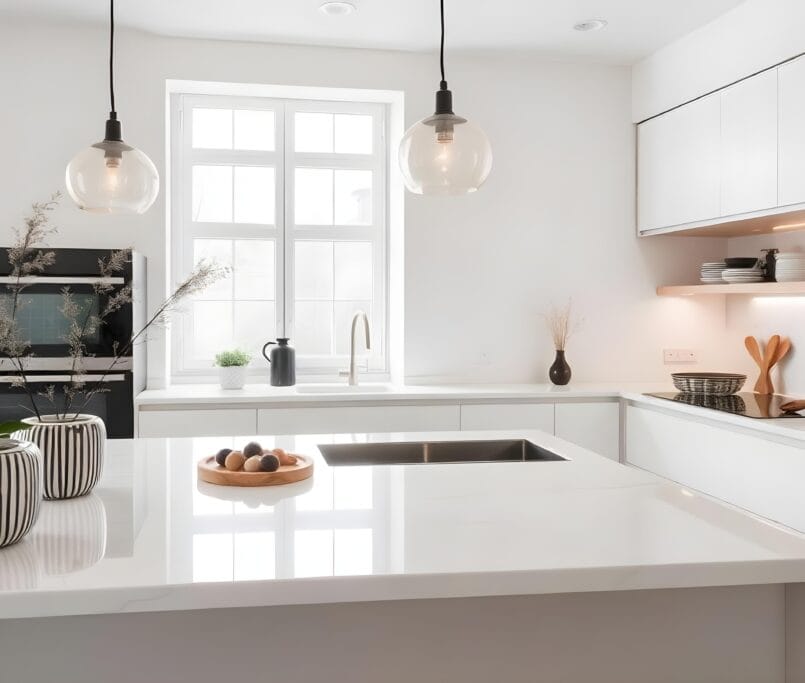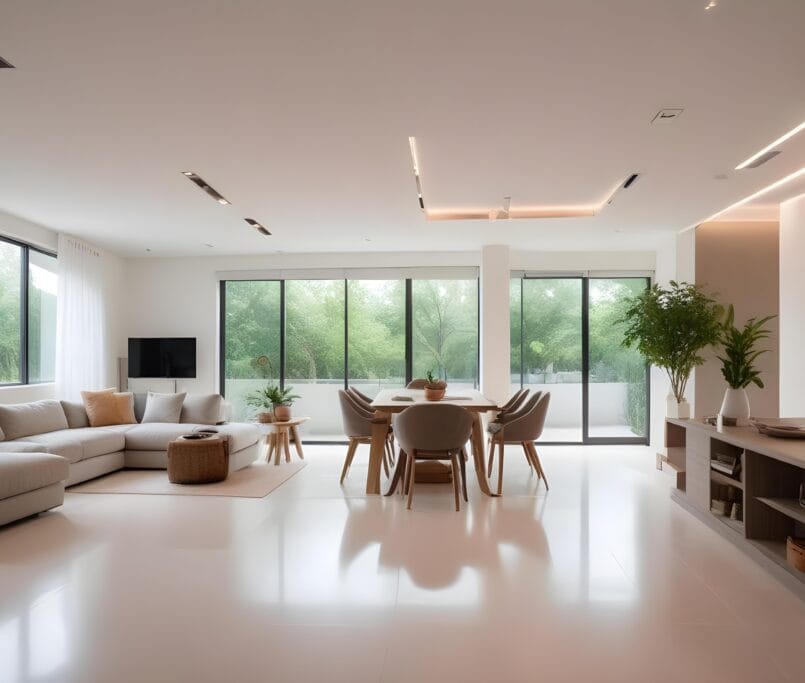4 Tips for Buying a Dining Table
If there’s one place in the house that still has the power to draw the kids away from their phones, dad away from the watching politics on the computer and mommy away from fussing over how clean the floor is for the gazillionth time, it’s the dining table.
And just like everything else we do, we have a put together a (somewhat) methodical guide to help you figure out the best dining table for you.
- Think about the material.
Hard, sturdy materials are always the best choice for a dining table top. Quartz and granite are some of the hardest and most beautiful materials you can find, with a mohs hardness of about 7 and are pretty heat resistant as well. Hardness is important for a dining table as it protects it from scratching or heat damage as a lot of activity happens over its surface on a daily basis.
However, marbles, hardwoods and solid surfaces are also good choices and you’ll just need to know their little quirks. For example, marble’s high calcium content means that you’d best make sure that the layer of protective sealant is always in good condition or risk it reacting with acids that will bubble up and leaving an ugly mark (that could technically go as deep as there’s available acid).
Although hardwood needs special care and attention to prevent it decaying and fading they have their own distinct advantages. Hardwoods, while typically having a hardness rating of around 3-5, are about a third the density of granite, quartz and marble. From a practical point of view this makes hardwood tables easier to move around the house. But more importantly, wood looks amazing and is warm to the touch – it’s all about preference.
- Find a dining table that fits the room.
Nothing will ruin your day like more stupendously than purchasing an expensive new dining table only to find out that it – doesn’t – fit. Remember to take accurate measurements of the room you’re planning to put your dining table in.
Also remember to keep at around 50 inches of space between the table and the walls to allow for more walking space and for chairs to be pulled out without them scraping against the wall. And unless you get a custom piece of furniture built, most of us will have to make do with the closest fit – which brings us to the next point…
[vc_btn title=”GET INSTANT QUOTE TODAY” color=”warning” size=”lg” align=”center” css_animation=”bounceIn” link=”url:https%3A%2F%2Fwww.stoneamperor.com.sg/instant-countertop-quote||target:%20_blank|” css=”.vc_custom_1526456146325{padding-top: 20px !important;}”]
- Find out which table shape is best for you.
Although a physicist will tell you that a sphere is the most volumetrically efficient shape you can mess around with, most of us will agree (including the physicists) that it’s not particularly practical at home. That’s because our homes aren’t shaped like spheres, which is key to our next dining table buying tip – get one that conforms to the shape of the room or fits as many people as you want it to.
For very small rooms, long oval tables provide a long but narrow profile that maximizes seating space without clogging up the walk way and allowing for a little extra space between the edges of the table and the wall.
Long, rectangular tables are best when rooms are long and narrow, naturally, and there’s no need to have people share elbow room with oval tables. If the room is shorter you may opt for a square table instead.
Round tables are able to accommodate the most seating for its overall size. However, they may significantly clog up walking spaces in small rooms. Oh, as an extra bonus, however, round tables do look the best when covered with a table cloth – or at least we think it does!
- Dimensions – enough room arms and legs.
Although most tables come standard at an optimal height of 28 to 30 inches tall, it never hurts to check. What you’re looking for is a table surface that’s high enough for knees to move upwards a little and at roughly the same height as your shoulders when you’re sitting down.
As for arm space between seats, the ideal standard is around 36 inches wide for each person, and as many multiples of that depending on how many people it’s meant to accommodate.
http://www.kpetersen.com/tableswhatsize.htm




